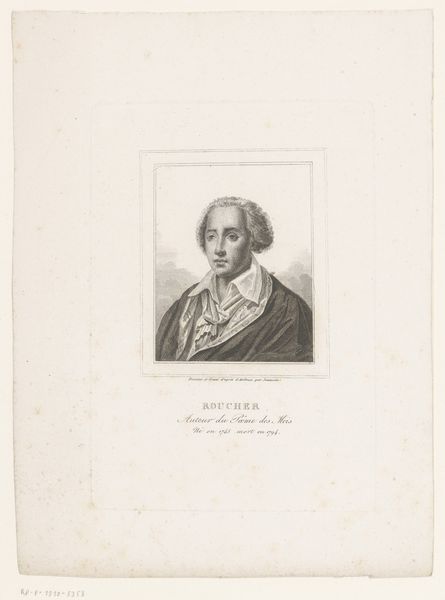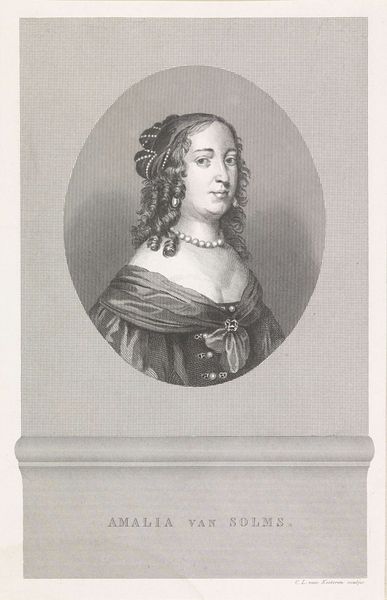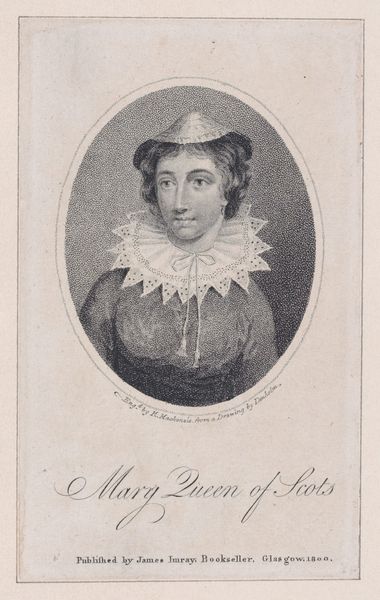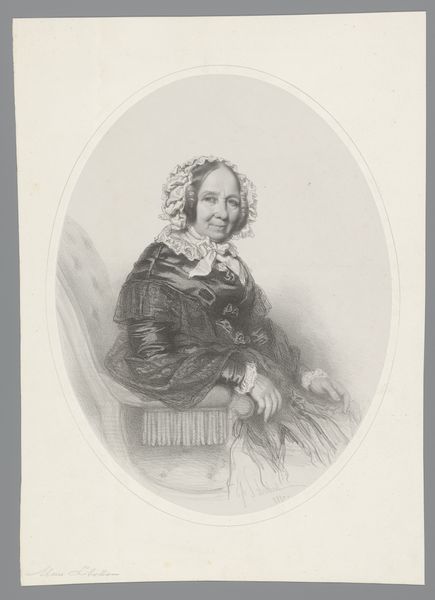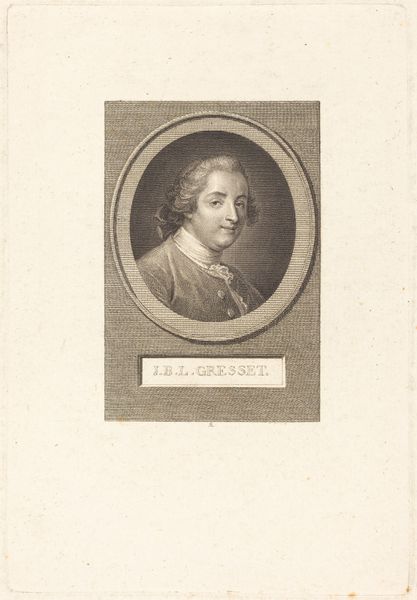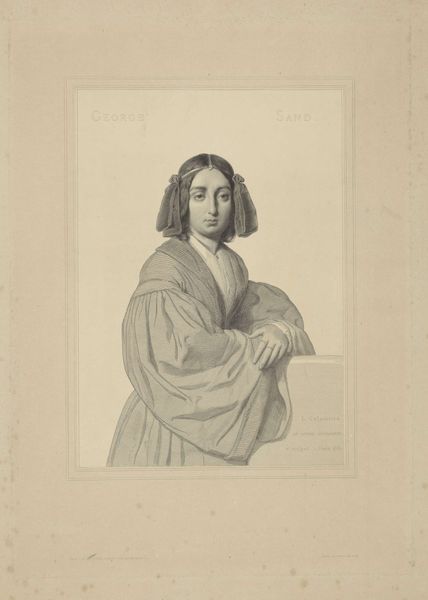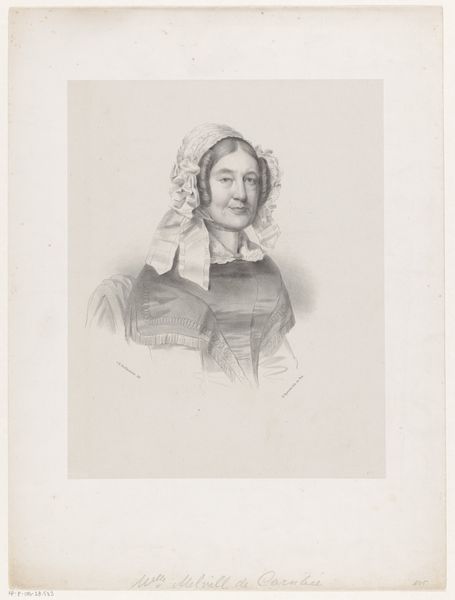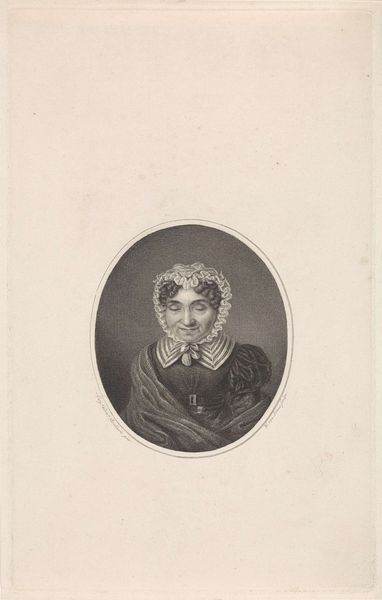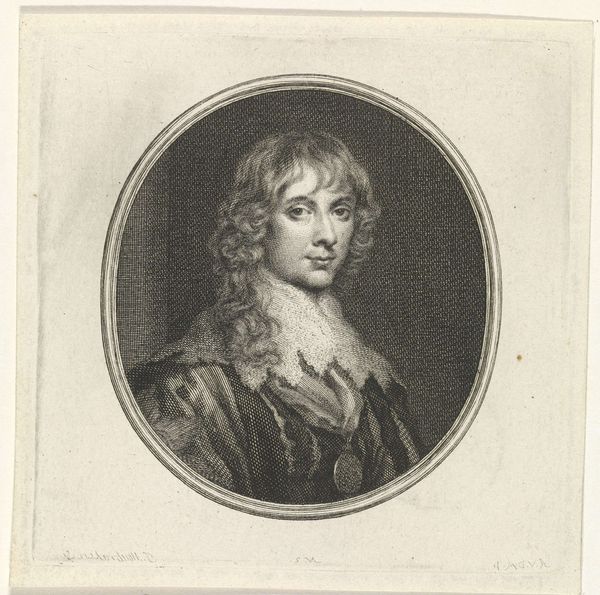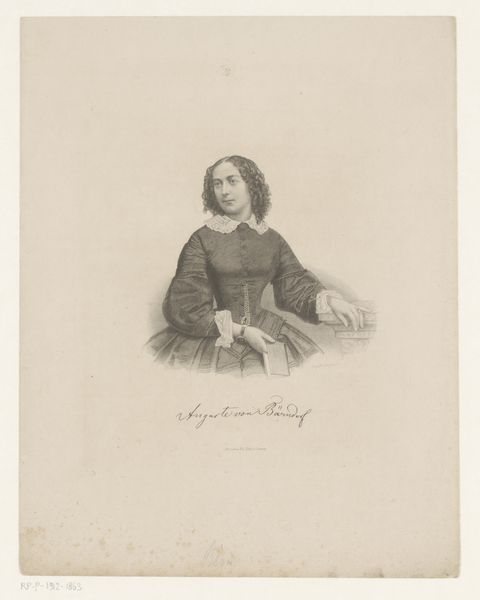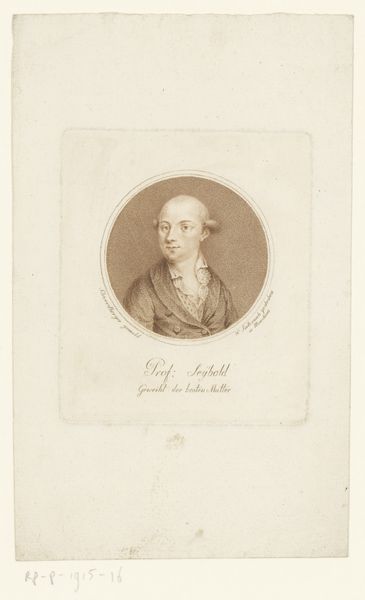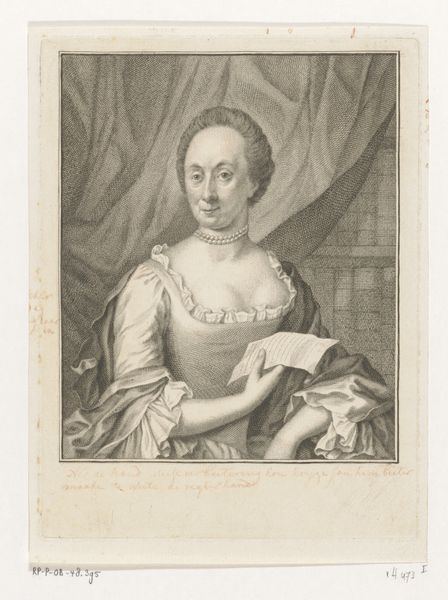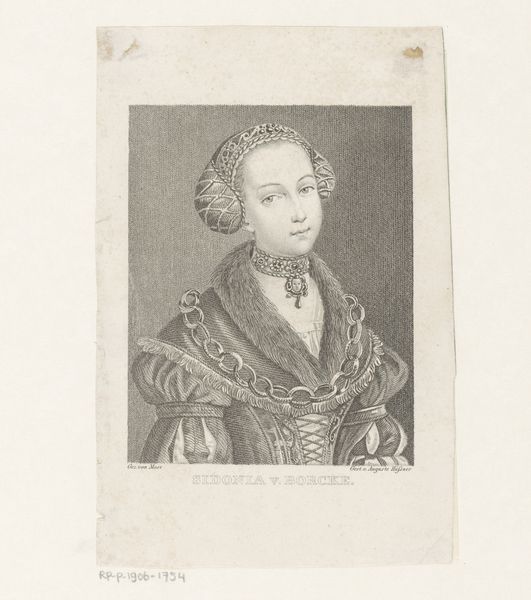
drawing, pencil
#
portrait
#
drawing
#
pencil drawing
#
pencil
#
academic-art
Dimensions: height 139 mm, width 100 mm
Copyright: Rijks Museum: Open Domain
Editor: So, this is "Portret van Maria Geertruida de Goeje-Barbiers" by Adrianus Johannes Ehnle, dating from around 1829 to 1863. It's a pencil drawing. What strikes me is how… reserved she looks, almost constrained by the style of the time. What's your take? Curator: I see it as a product of its historical moment. Consider the role of portraiture in the 19th century. It wasn’t just about capturing a likeness; it was a statement of social standing and adherence to certain societal norms. Her clothing and hairstyle are certainly indicative of a specific class. How might this drawing, and its potential display in a private or even public sphere, reinforce certain hierarchies? Editor: That’s interesting! I hadn’t thought about it that way. So the drawing itself almost becomes a form of social currency? Curator: Precisely. The medium of pencil drawing itself contributes. Unlike oil paintings that were exclusive, a pencil drawing allowed for wider access to portraiture, although still limited. Where was this displayed, do we know? Was it a private commission, or part of a public exhibition later on? These details shape our understanding. Editor: I’m not sure about this specific piece. It's currently in the Rijksmuseum collection, but not much else is specified about provenance. So if it was a family piece versus part of a wider showing, it influences its importance? Curator: Absolutely. The Rijksmuseum context gives it a different weighting now, certainly elevating its cultural significance. Her name is mentioned with a maiden name. Who were her family and their background, can tell you more of the history and society of the day. A museum elevates its role of this portrait from one family or local circle to one for the viewing and interest of the world. Editor: That’s really fascinating, how you’re contextualizing it beyond just a picture. It makes you think about art's active part in constructing a narrative about who mattered at that time. Curator: Indeed. It is far more than just capturing the "likeness". We're not just seeing a portrait, but understanding the intricate layers of social and cultural meaning embedded within it and its continuing story to this day.
Comments
No comments
Be the first to comment and join the conversation on the ultimate creative platform.
